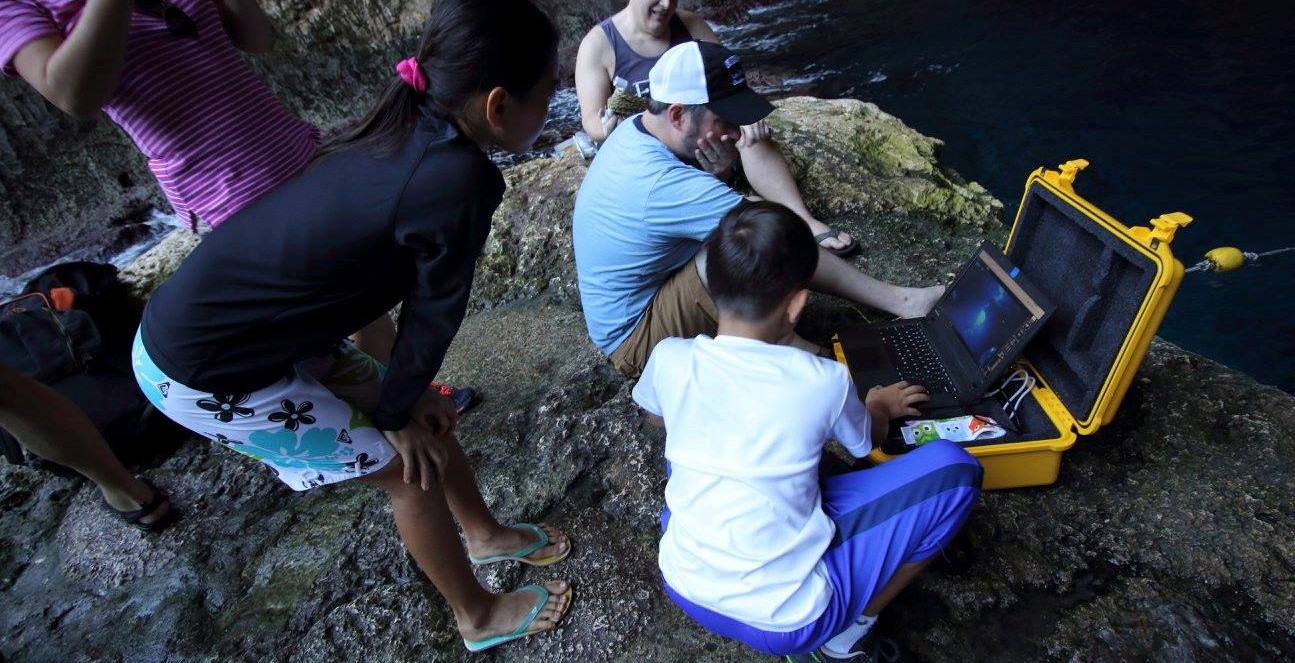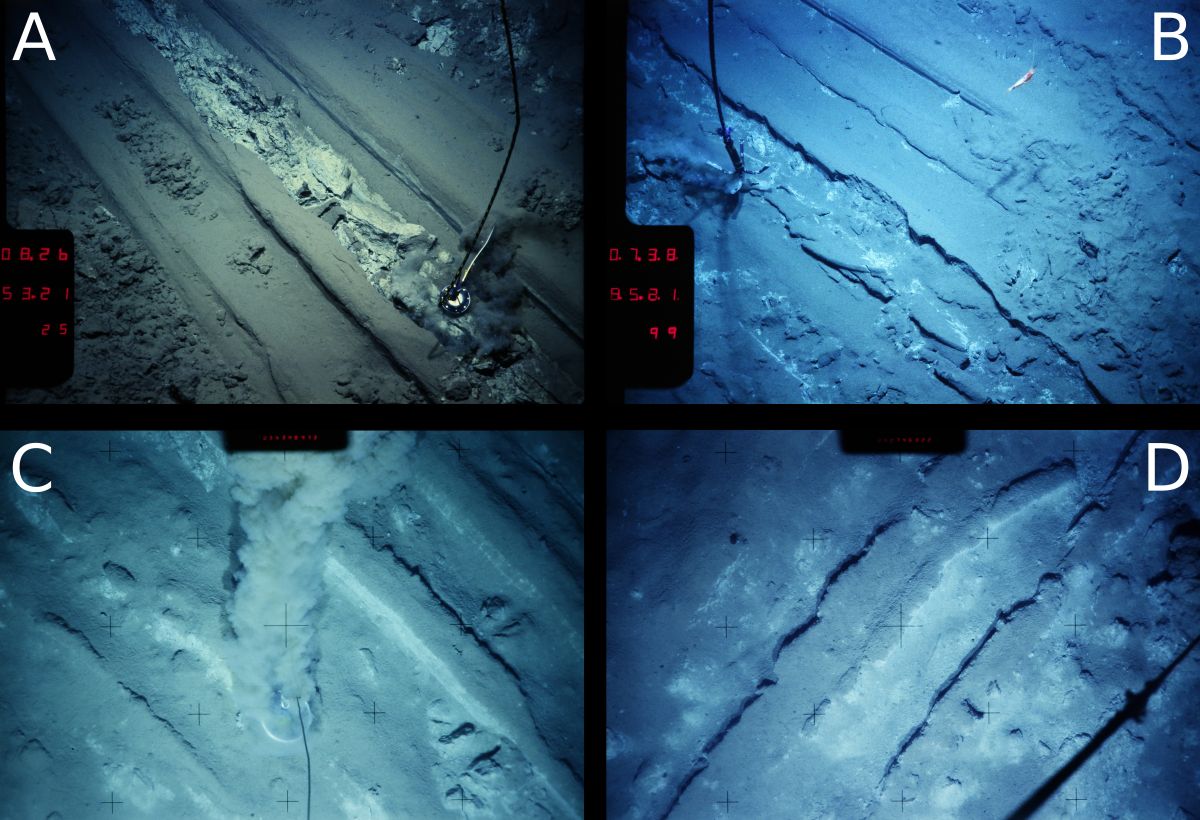This piece originally appeared in the farewell issue of the Deep-sea Mining Observer.
Four years ago, I took over the Deep-sea Mining Observer from my predecessor, Arlo Hemphill. Conceived by the Pew Charitable Trust in 2016, The DSM Observer was created to be an online trade journal for the emerging industry as the International Seabed Authority navigated through the creation of an Exploitation Code for Seabed Minerals in the Area. Originally envisioned to run for two years, we continued to cover and report on critical developments into 2022.
After six years, the Deep-sea Mining Observer is coming to close.
During my tenure here, I tried to capture the full breadth of issues surrounding deep-sea mining. We covered the first species to be IUCN Red Listed due to the potential threat of mining. We examined the rise and fall of Nautilus Minerals. We reported the launch of the Patania II nodule collector test vehicle. We investigated how bioprospecting, often put forward as an industry in potential conflict with deep-sea mining, works in practice. We explored the complex political and geologic history of the Rio Grande Rise. We looked at how new technologies may change the financial landscape for seabed mining. We tracked a semi-mysterious cache of polymetallic nodules from the CCZ offered for sale. And we looked at how other industries intersect with deep-sea mining.
We also tackled the history of the industry, putting into context five decades of work in the deep sea. And we projected where things are going and what challenges might be faced: commissioning a report on the absolute worst-case scenario of stumbling upon one of the many nuclear weapons lost in the deep Pacific; digging into the privatization of submarines, submersibles, and ROVs, and what that could mean for the high seas; looking outward into the obvious next steps in resource exploitation beyond national boundaries; and contemplating what will happen as the United States, who has spent much of the last 30 years on the sidelines of the deep-sea mining debate, enters the fray.
And we occasionally covered some less serious topics, as well. We looked at how the seasteading movement affects how people think about international waters. At the beginning of the Pandemic, we did a dive into how deep-sea mining was portrayed in video games. And sure, some of that is silly, but, for better or worse, deep-sea mining is a political entity, and politics are shaped by perception. Understanding how the public perceives the industry through the lens of popular culture is as much a part of our mandate as digging into the gritty details of the Trigger mechanism and how it functions or the precarious partnership between mining contractors and environmental NGOs.
Looking forward, the same issues apparent at the beginning of my tenure remain. The Mining Code continues to be mired in debate, with calls for moratorium met with expression of urgency for the commercialization of this new industry. The rush to the two-year-deadline has been tempered a bit in the last meeting of the Council, but the push to get the mining code done, and get it done soon, remains. Meanwhile, the payment regime continues to serve as a sticking point and may prove far more challenging a negotiation than the environmental regulations. Private citizens, unaccountable to the ISA, will play a growing role in both shaping discussion and directly intervening in the high seas. The deepest diving submersible in the world is in private hands, sold earlier this year to Gabe Newell’s Inkfish research organization.
The most forward-looking stories of the DSM Observer have focused not on deep-sea mining, but on what comes next, and how the negotiations happening now at the International Seabed Authority will set the stage for the next generation of resource exploitation, here on this planet and beyond.
To talk about mining asteroids, exploiting the Moon, and staking claims on our solar neighbors may feel like science fiction amid critical, nuanced, and granular debates over the use of the terms “precautionary principle” or “precautionary approach”, but deep-sea mining has always had a special relationship with science fiction. It was science fiction when Jules Verne wrote about mines of zinc on the floor of the ocean in 20,000 Leagues Under the Sea. It was science fiction when Arthur C. Clarke wrote about dividing up the high seas into ocean pastures to be apportioned to each nation in The Deep Range. For over a century, deep-sea mining has been an integral part of an imagined future.
Almost a decade ago, I stood on the shores of Kavieng Lagoon after a long day teaching marine robotics to undergraduates from the University of Papua New Guinea, a course sponsored by Nautilus Minerals. As the sun set, I connected to a livestream of the Antares CubeSat launch, where students I had worked with that summer were sending their own satellites into orbit. On one side of the world, budding ocean scientists were building and deploying research-ready ROVs; on the other, teenagers were sending experiments into space. Ten years prior, neither program was conceivable. Ten years later, both are typical of advanced STEM education programs.
My point is this: it’s science fiction. And then, sooner than you think, it isn’t.
For good or for ill, the agreement that emerges from the International Seabed Authority on the exploitation of deep-sea minerals in the Area will set the precedent for resource exploitation beyond national borders for centuries. It will be the framework upon which future generations determine how resources we can’t even imagine will be managed for the good of humankind.
We have one opportunity to get it right.
Featured Image: DSMO EIC Andrew Thaler teaching students to drive an ROV in a marine cave in Saipan, CNMI. Photo by Angelo Villagomez.

